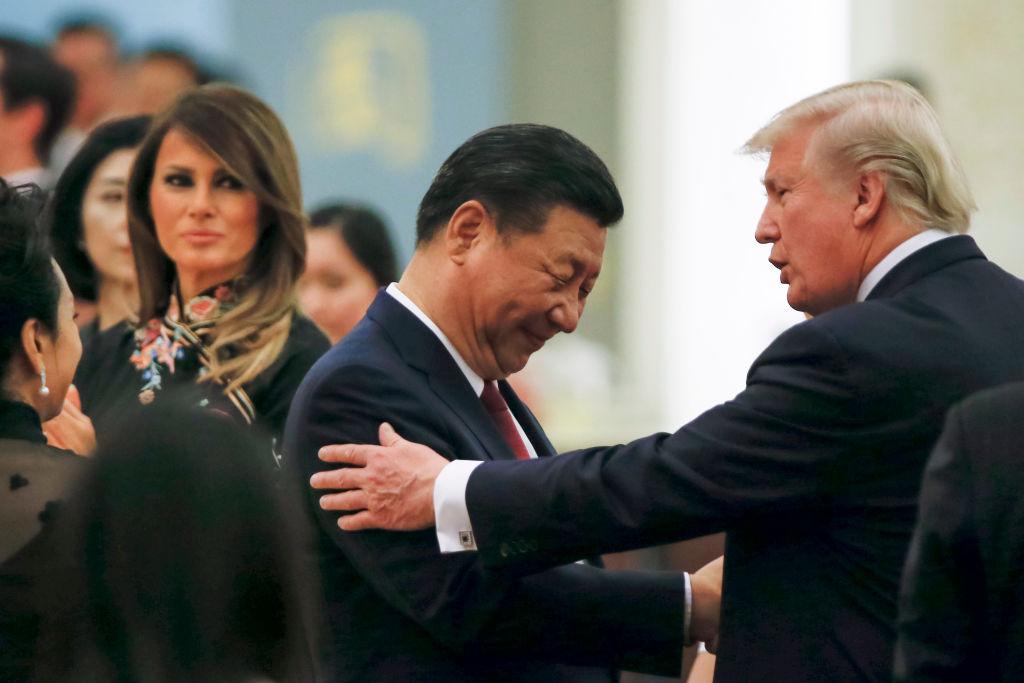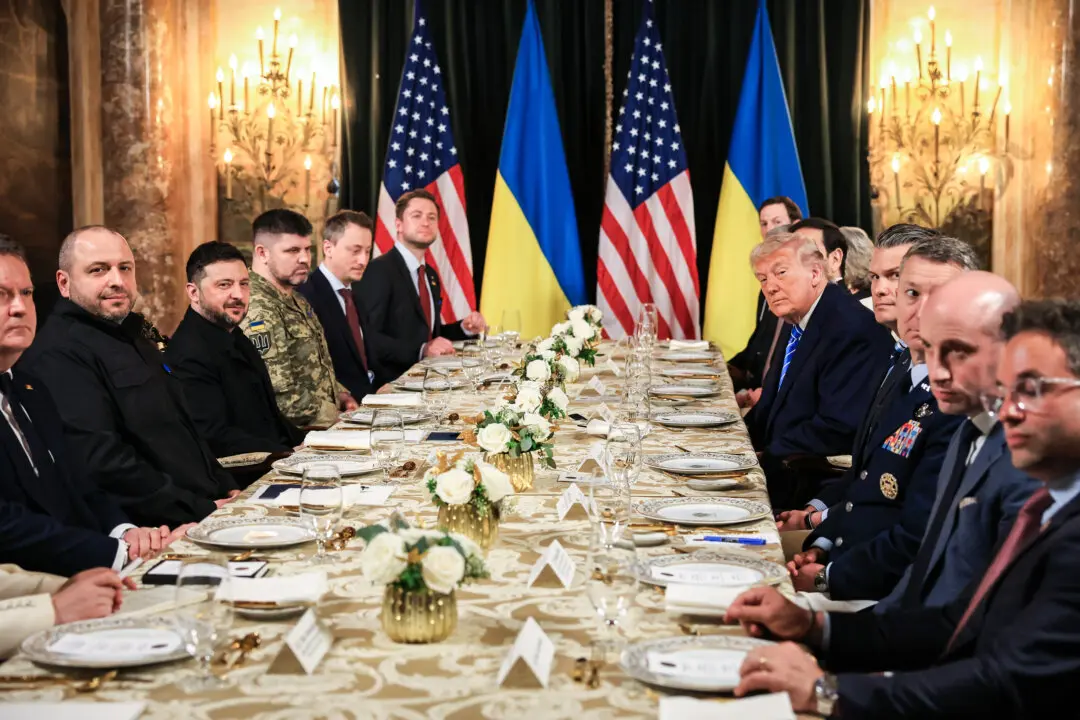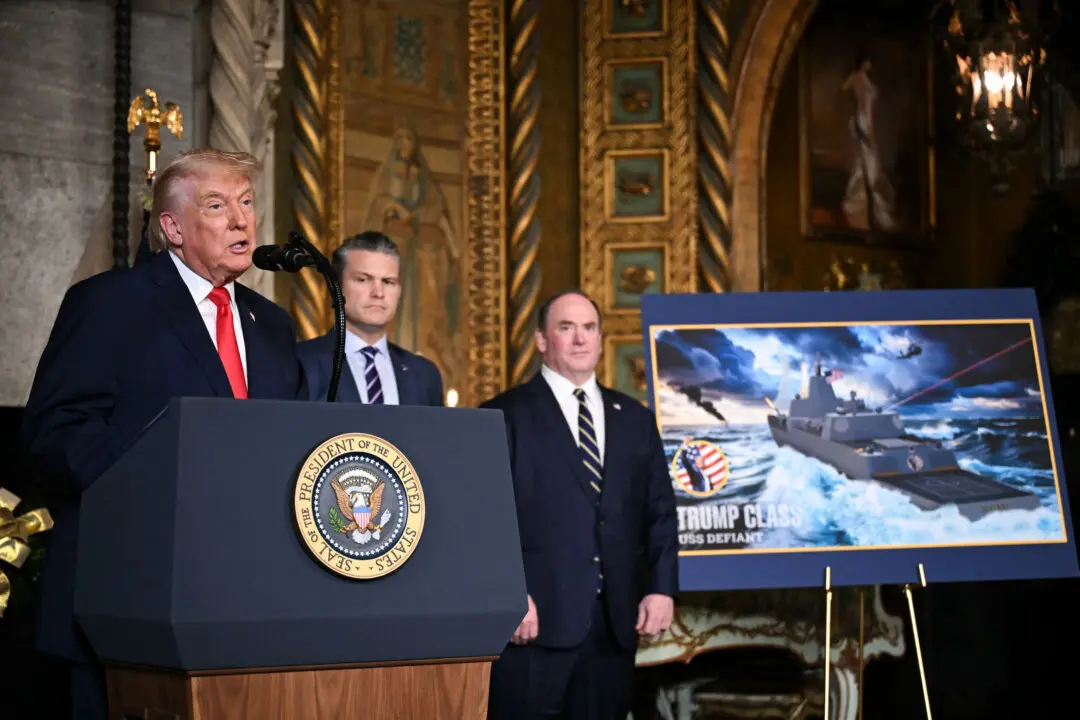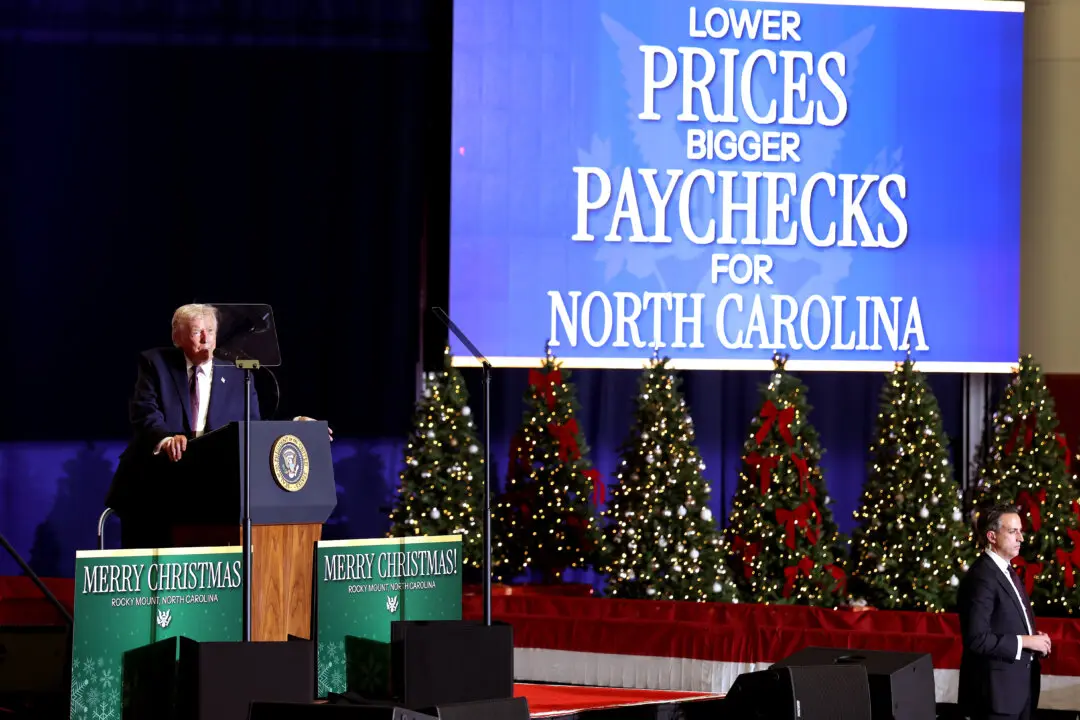WASHINGTON—Investors have been holding their breath in the lead-up to the U.S.–China meeting at the Group of 20 (G-20) summit in Argentina this week. While the outcome of the talks is hard to predict, any consensus over trade can bring a huge relief to global markets.
President Donald Trump and Chinese leader Xi Jinping have agreed to meet on the sidelines of the G-20 summit, which will be held in Buenos Aires on Nov. 30 and Dec. 1. The exact timing of the bilateral meeting hasn’t yet been revealed. The two leaders are expected to discuss a range of issues, including North Korea, but trade is likely to dominate the conversation.





